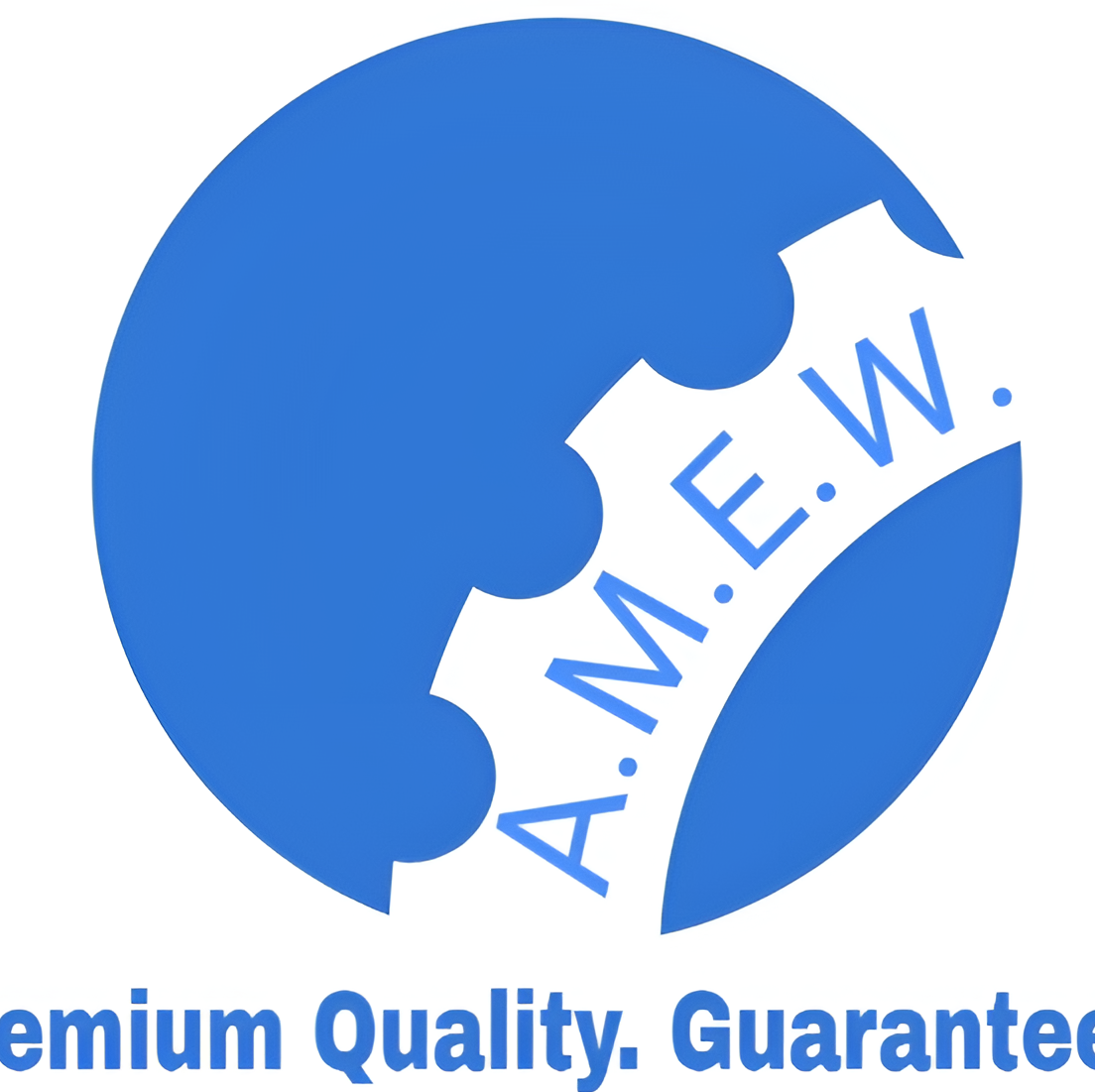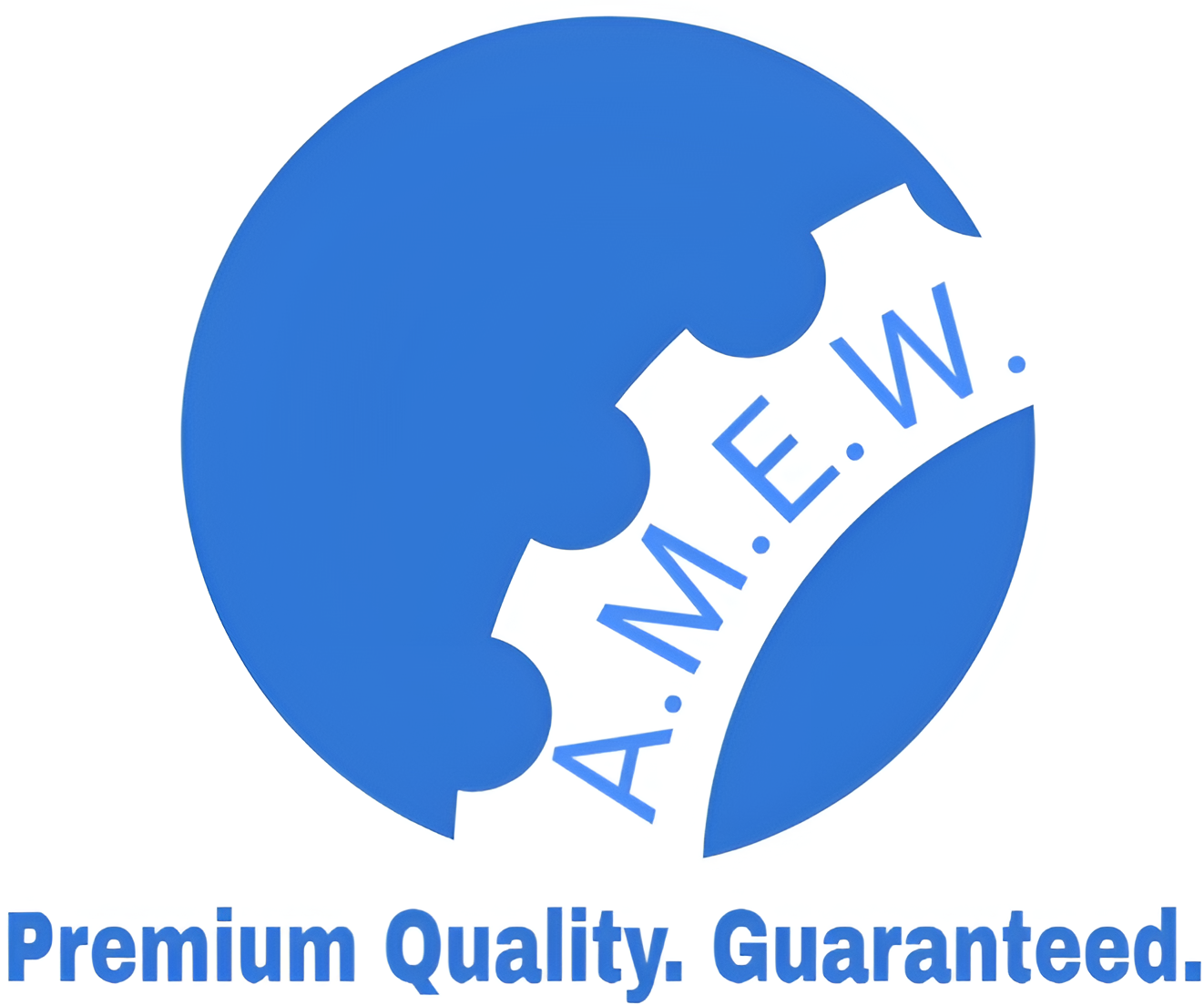The Essential Guide to Steel Hollow Forgings for Manufacturers and Engineers
Steel hollow forgings play a crucial role in modern manufacturing and engineering. Their strength, durability, and adaptability make them indispensable in industries such as automotive, aerospace, and construction. But what exactly are steel hollow forgings, and why are they preferred over other manufacturing methods?
Whether you’re a manufacturer, industry professional, or engineer looking to deepen your understanding or explore new opportunities in steel hollow forging, this guide has you covered. From the manufacturing process and material selection to applications and emerging trends, we’ll detail everything you need to know about steel hollow forgings.
What Are Steel Hollow Forgings?
Steel hollow forgings are specialized components produced through a process that shapes steel into hollow cylindrical or tubular structures. Unlike solid steel forgings, hollow forgings are designed with a void at their center, making them lighter and more suitable for specific industrial applications.
Key Applications of Steel Hollow Forgings
- Automotive: Used in components like drive shafts and gear blanks to reduce weight without compromising strength.
- Aerospace: Perfect for constructing lightweight yet strong parts such as landing gear cylinders or engine housings.
- Oil & Gas: Ideal for pipelines, pressure vessels, and other high-stress environments.
- Construction: Utilized in the fabrication of structural components to provide durability and longevity.
Benefits of Steel Hollow Forgings
- Strength and Durability: Offers superior mechanical properties compared to alternatives like casting or welding.
- Weight Efficiency: Maintains strength while significantly reducing material weight.
- Cost-Effectiveness: Reduces material waste in production.
How Are Steel Hollow Forgings Made?
Understanding the manufacturing process of steel hollow forgings offers insight into why they are trusted for critical applications. Here’s a step-by-step guide.
Step 1. Material Selection
Choosing the suitable grade of steel is crucial. The selection process takes into account properties like tensile strength, corrosion resistance, and thermal capabilities. (We’ll discuss steel grades in more depth later.)
Step 2. Heating the Steel
The steel is heated to the desired temperature in preparation for forging. Proper temperature control ensures material workability and helps prevent defects.
Step 3. Forging Process
The heated steel is shaped into a hollow form using forging presses, dies, or hammers. This is achieved through processes like open-die forging or ring rolling.
Step 4. Machining or Piercing
To create the hollow space, the material is either pierced in its center or machined out using specialized equipment.
Step 5. Cooling and Heat Treatment
The forged part is cooled and treated under controlled conditions to enhance its mechanical properties, such as flexibility and resilience.
Step 6. Quality Control
Finally, the hollow forgings undergo rigorous inspections to ensure they meet the required tolerances and certifications (explored further below).
Types of Steel Used for Hollow Forgings
Selecting the right steel grade ensures that the forged product performs optimally, especially in challenging environments. Here are some commonly used steel types for hollow forgings.
- Carbon Steel: Cost-efficient and strong, ideal for general applications.
- Alloy Steel: Offers enhanced strength, toughness, and resistance to wear.
- Stainless Steel: Highly resistant to corrosion, making it an excellent choice for industries like oil and gas.
- Tool Steel: Known for its extreme hardness, used in tooling and high-impact applications.
Each grade has its own advantages and trade-offs. Manufacturers should carefully match the material properties to the end-use of the product.
Why Are Steel Hollow Forgings Superior to Other Methods?
When compared to casting and welding, steel hollow forgings offer several clear advantages.
Forging vs. Casting
- Strength: The grain flow of forged steel aligns with the shape of the part, providing superior strength. Cast steel, in contrast, often has internal porosity and inconsistent grain structures.
- Durability: Forgings can endure high levels of stress and impact, whereas cast components may crack or fail.
Forging vs. Welding
- Fewer Defects: Welded parts are prone to defects at the joints, such as weak welds and fatigue failure over time.
- Uniformity: Forged parts are seamless, resulting in a more uniform structure that performs better under heavy loads.
Quality Control and Testing
The quality of steel hollow forgings is paramount, especially in industries with strict safety requirements. Manufacturers employ rigorous testing and quality control measures to meet international standards.
Key Standards and Certifications
Steel hollow forgings often adhere to standards such as ASTM and ISO certifications to ensure reliability and accountability.
Testing Procedures
- Magnetic Particle Inspection (MPI)
- Ultrasonic Testing (UT)
- Tensile and Hardness Tests
These techniques help identify surface and internal defects that could compromise the forging’s integrity.
Applications Across Industries
One of the defining characteristics of steel hollow forgings is their versatility. They are pivotal in industries that demand lightweight yet durable components.
Automotive
Hollow forgings contribute to weight reduction in vehicles, improving energy efficiency without sacrificing safety.
Aerospace
Aircraft manufacturers rely on hollow forgings to create lightweight engine casings or structural components capable of enduring extreme altitude pressures.
Oil & Gas
The ability to withstand extreme pressures and corrosive environments makes hollow forgings invaluable for pipelines and subsea equipment.
Construction
The strength-to-weight ratio of hollow forgings enables the construction of robust yet efficient bridges, high-rise buildings, and other structural marvels.
Innovation and Future Trends in Steel Hollow Forgings
Emerging trends continue to reshape the steel hollow forging landscape.
Advanced Alloys
The development of high-performance alloys is opening new possibilities for extreme applications.
Automation and Industry 4.0
Automation in forging lines is increasing precision, reducing lead times, and improving overall efficiency.
Sustainability
Eco-friendly forging practices, such as using recycled materials and energy-efficient furnaces, are becoming increasingly important for manufacturers.
Unlocking New Potential in Steel Hollow Forgings
Steel hollow forgings are a linchpin of modern engineering, offering exceptional strength, durability, and versatility for countless applications. By understanding their manufacturing processes, material options, and advantages, manufacturers and engineers can make informed decisions about incorporating them into their projects.
With advancements in technology and sustainable practices shaping the industry’s future, steel hollow forgings continue to unlock new possibilities for innovation and efficiency in a range of industries.

